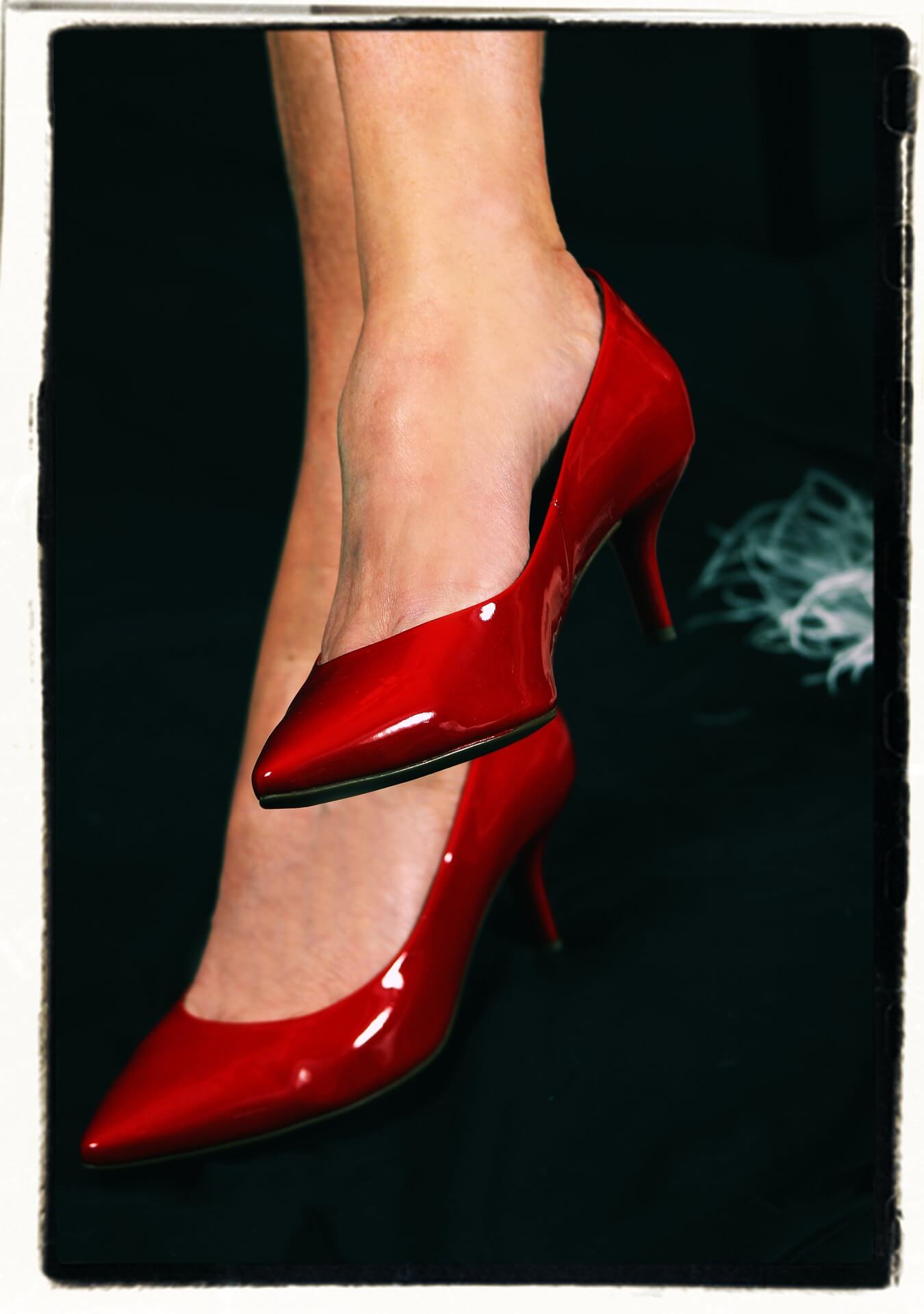
Bunions are caused by a bony lump on the sides of your feet, near to your big toe. Often bunions make your big toe turn inwards towards your other toes.
The condition often cause soreness. Wearing shoes can be painful and uncomfortable. You can tell you have a bunion if you have a lump that’s sometimes red, sore, and swollen.
You can only remove bunions if you have an operation. But there are ways you can treat the pain and swelling yourself at home.
If you are in a lot of pain and you are finding it hard to walk, then your doctor may recommend surgery.
During surgery the skin that covers the bunion is cut. Then the Sugeon will scrape or cut away the bone. After that he or she will straighten out the bone in the big toe. This is done by using metal screws or staples. They are permanently left in place.
The operation itself isn’t complicated, but the recovery time can be lengthy. After surgery you’ll be advised to keep your foot raised for as much time as possible. You may be away from work for between 2 to 12 weeks.
You won’t be able to drive for between 6 and 8 weeks. You will also have to curtail any sporting activitoes for 3 to 6 months.
A downside to the operation is that bunions may grow back and even if they don’t your feet could still hurt.
Not always. Doctors aren’t always sure what causes bunions. They often run in families so there may be a genetic link. People with flat feet or whose feet roll inwards when they walk are more likely to get bunions. Medical conditions like arthritis or gout can also cause bunions to develop.
Specialists recommend that you don’t wear tight shoes that are too small or wear shoes with high heels or pointed toes as your feet push forward and your toes are squashed.
Yes. Podiatrists are specialists in the treatment of foot conditions. Ask at your doctor’s surgery if treatment is available through the NHS. If not, you can pay and see one privately. A Podiatrist may recommend exercises.
Exercises help to strengthen the muscles in your feet. As your feet become stronger the pain from the bunion may subside.
If the bunion is causing you a lot of pain and you have trouble walking, your doctor may suggest that instead of surgery you have a steroid injection. The injection goes directly into the painful joint and it releases pressure on the joint which in turn alleviates pain and swelling.
To ease the pain of a bunion you can use over the counter painkillers like paracetamol or ibuprofen, which is an anti-inflammatory.
Other methods you can use include bunion pads which you place over the bunion to protect th bone, or at night you can wear a splint.
Shoe inserts also help. A Podiatrist will design them especially for your feet by a Podiatrist. Ice also helps swelling. Put a bag of ice or use some frozen vegetables wrapped in a towel and put it on your bunion for ten minutes at a time.
Don’t use ice without speaking to your doctor or Podiatrist without speaking to your doctor if you have diabetes or the blood flow to your feet is poor.
If you would like to talk to your pharmacist about treatment for bunions come to us here at VSM Pharmacy and speak to a member of staff. We are always happy to help and advise our valued customers.

To provide the best experiences, we and our partners use technologies like cookies to store and/or access device information. Consenting to these technologies will allow us and our partners to process personal data such as browsing behavior or unique IDs on this site and show (non-) personalized ads. Not consenting or withdrawing consent, may adversely affect certain features and functions.
Click below to consent to the above or make granular choices. Your choices will be applied to this site only. You can change your settings at any time, including withdrawing your consent, by using the toggles on the Cookie Policy, or by clicking on the manage consent button at the bottom of the screen.